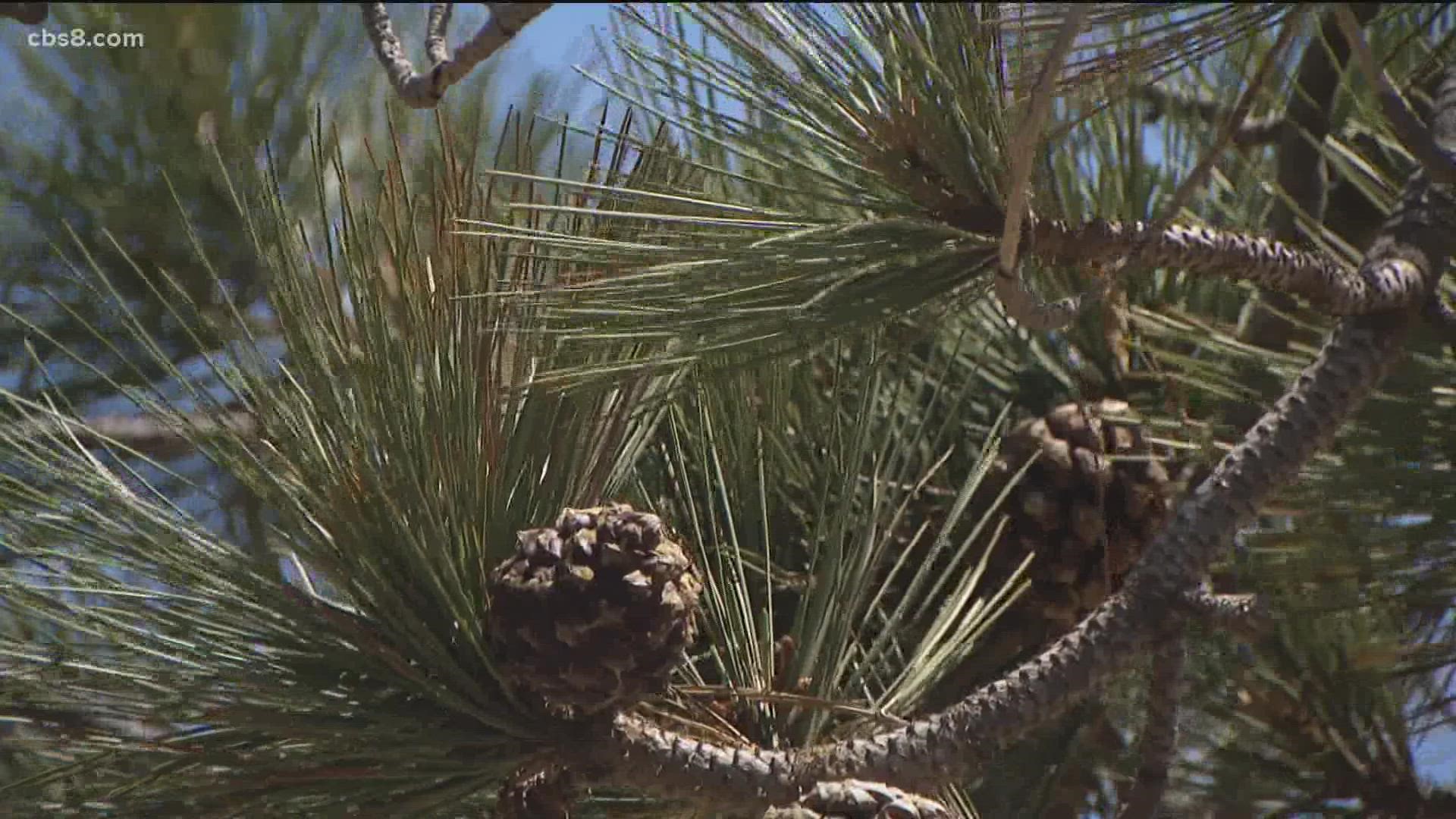SAN DIEGO — Emily Tianshi has loved coming to Torrey Pines State Preserve since she was young.
The beach and preserve is one of the very few places where its namesake grows. As a curious middle schooler with an interest in biology, she became fascinated with the rarely studied tree.
"Because the pine is so rare, nobody had studied its mechanisms before," she says. "I would observe that the Torrey Pine needles are able to condense water from the marine layer that comes through the State Park and use that to water itself in the midst of drought."
At the age of 13, she began her research, setting up a lab in her parents garage using Legos, various household items and a $20 microscope. She discovered that the needles surface has a pattern that both absorbs water and deflects it. It’s molecular makeup, ideal for water retention.
Conclusions that could have real world applications while California fights droughts.
"I'm working on creating a standalone moisture harvesting device," says Tianshi. "A ton of coastline cities experienced that problem, including San Diego. It's so much fog, but we can't access it. And that's just a great potential water reservoir that I'm hoping to tap into."
At a young age Emily’s work began to get attention from the scientific community. While she is now a freshman at Stanford, as a high school student at The Cambridge School, she and her brother founded Clearwater Innovation, a foundation whose mission it is to raise awareness and create solutions in solving Earth’s water shortage and pollution issues.
She’s also the star of a new short documentary, Generation Impact: The Scientist, which can be found here.
WATCH RELATED: Microplastics and their impact on the human body (April 2022).

